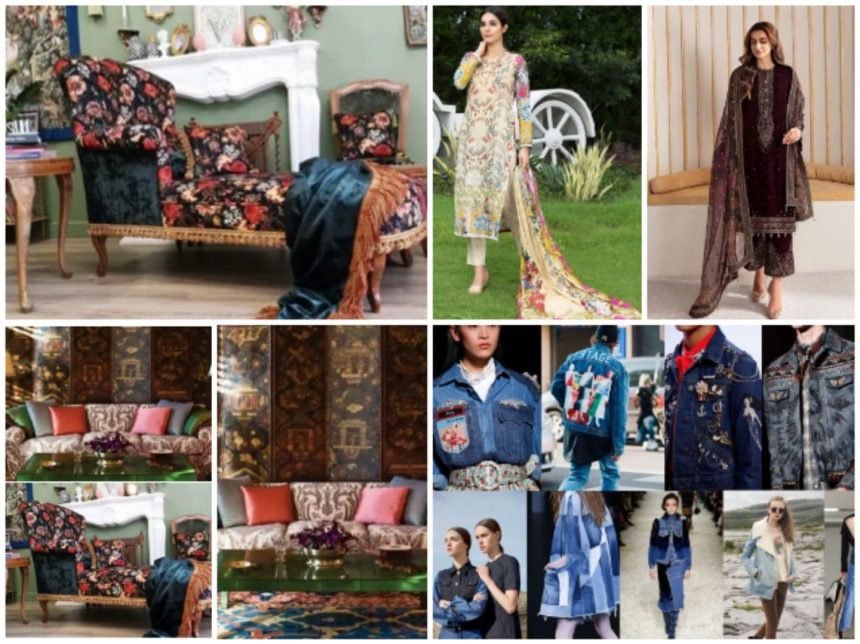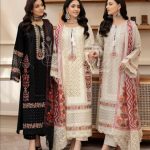How Traditional Fabrics Are Going Global |Rikhtiya
Traditional fabrics have become increasingly popular around the world in recent years. Communities have passed these textiles down through generations, and people are now recognizing them for their cultural and historical value, as well as their unique textures, vibrant colors, and sustainable qualities. Designers have blended heritage with modern fashion to create a fusion of styles that appeals to consumers globally. In this article, we explore how traditional fabrics are leaving their mark on the international stage and transforming the worlds of fashion, home décor, and sustainability.
1. The Global Appeal of Traditional Fabrics
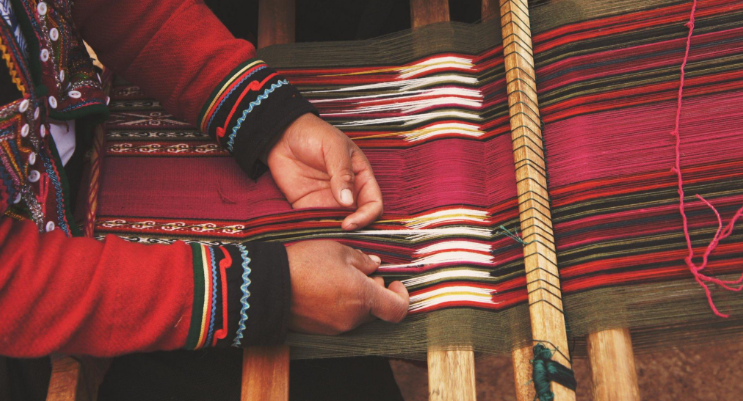
Traditional fabrics, such as Indian silk, African kente cloth, Japanese kimono fabric, and Peruvian alpaca wool, are slowly finding their place in global markets. Historically, these textiles were exclusive to their respective regions, deeply rooted in cultural traditions and rituals. However, with the advancement of digital technology, social media platforms, and globalization, these fabrics are now reaching consumers worldwide.
The global appeal lies in their uniqueness and craftsmanship. Each fabric tells a story, whether it’s the intricate patterns of handwoven textiles or the special dyeing techniques used in their production. Consumers are increasingly seeking authenticity, and traditional fabrics offer that distinctiveness that mass-produced materials cannot replicate.
2. Fashion Industry’s Embrace of Tradition
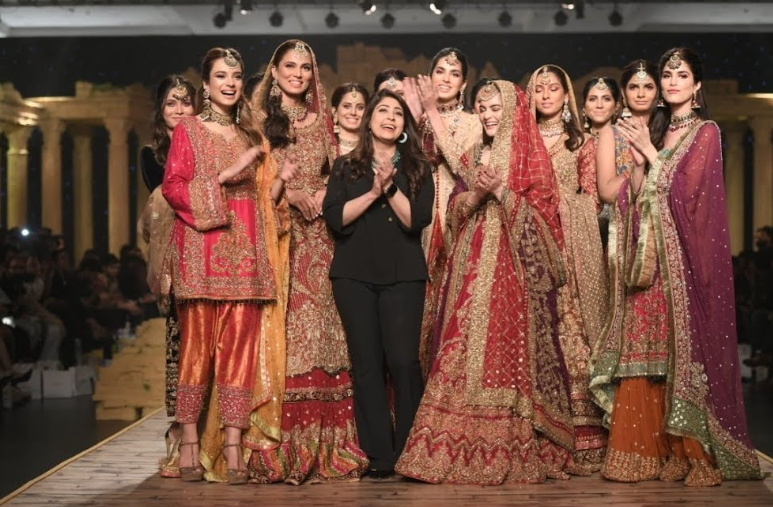
The fashion industry is at the forefront of the global movement to incorporate traditional fabrics into modern designs. Designers from around the world are embracing traditional textiles, blending them with contemporary styles to create innovative and diverse collections. These fabrics add a layer of history, culture, and craftsmanship to high-end fashion, making them an attractive choice for designers who seek uniqueness in their collections.
For example, haute couture collections have featured fabrics like handwoven khadi (Indian cotton) and Thai silk, while African prints and ikat fabrics are frequently seen in global runway shows. This cross-cultural exchange not only highlights the beauty of traditional fabrics but also allows emerging designers from various regions to gain international recognition.
3. Sustainability and Ethical Fashion
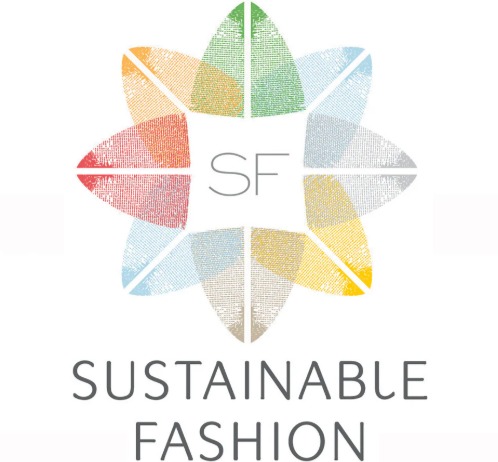
One of the driving factors behind the global rise of traditional fabrics is the growing consumer demand for sustainable and ethical fashion. As the fashion industry grapples with the environmental impact of fast fashion, many are turning to traditional textiles, which are often handmade using natural fibers and eco-friendly methods.
In many regions, traditional fabrics are produced with minimal environmental impact. For instance, handwoven textiles use less energy compared to industrially manufactured fabrics, and many natural dyes are sourced from local plants and minerals. Moreover, the use of locally sourced materials ensures that the fabrics support regional economies and contribute to preserving ancient craftsmanship techniques.
With increasing awareness around sustainability, consumers are increasingly gravitating toward traditional fabrics that are not only beautiful but also environmentally conscious.
4. Cultural Exchange and Globalization
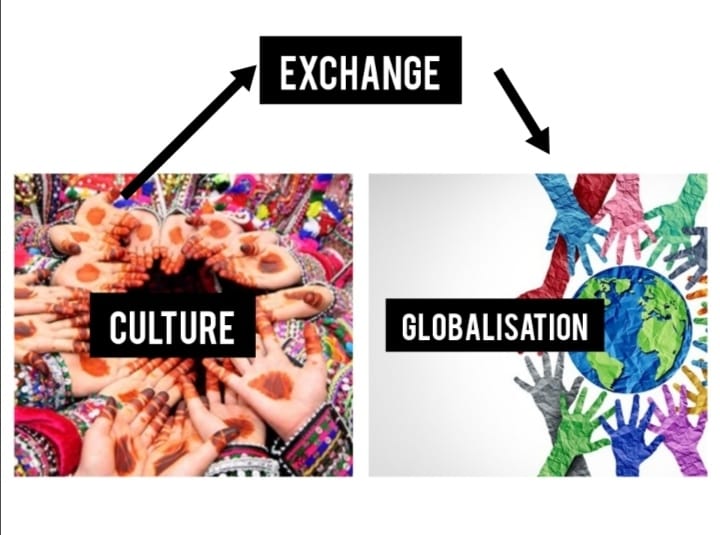
The globalization of traditional fabrics is also facilitated by the growing appreciation for cultural exchange. As people around the world engage more with diverse cultures through travel, media, and online platforms, the desire to incorporate different cultural elements into their daily lives has grown. Traditional fabrics offer a window into these cultures, allowing individuals to connect with them in a tangible way.
This cross-cultural exchange has led to an increased demand for traditional fabrics in the global marketplace. Whether it’s the intricate embroidery from Eastern Europe or the vibrant color schemes of Mexican handwoven textiles, people around the world are keen to add these pieces to their wardrobes and homes. This shared appreciation fosters cultural understanding and respect while also creating a bridge between distant cultures.
5. Traditional Fabrics in Home Décor
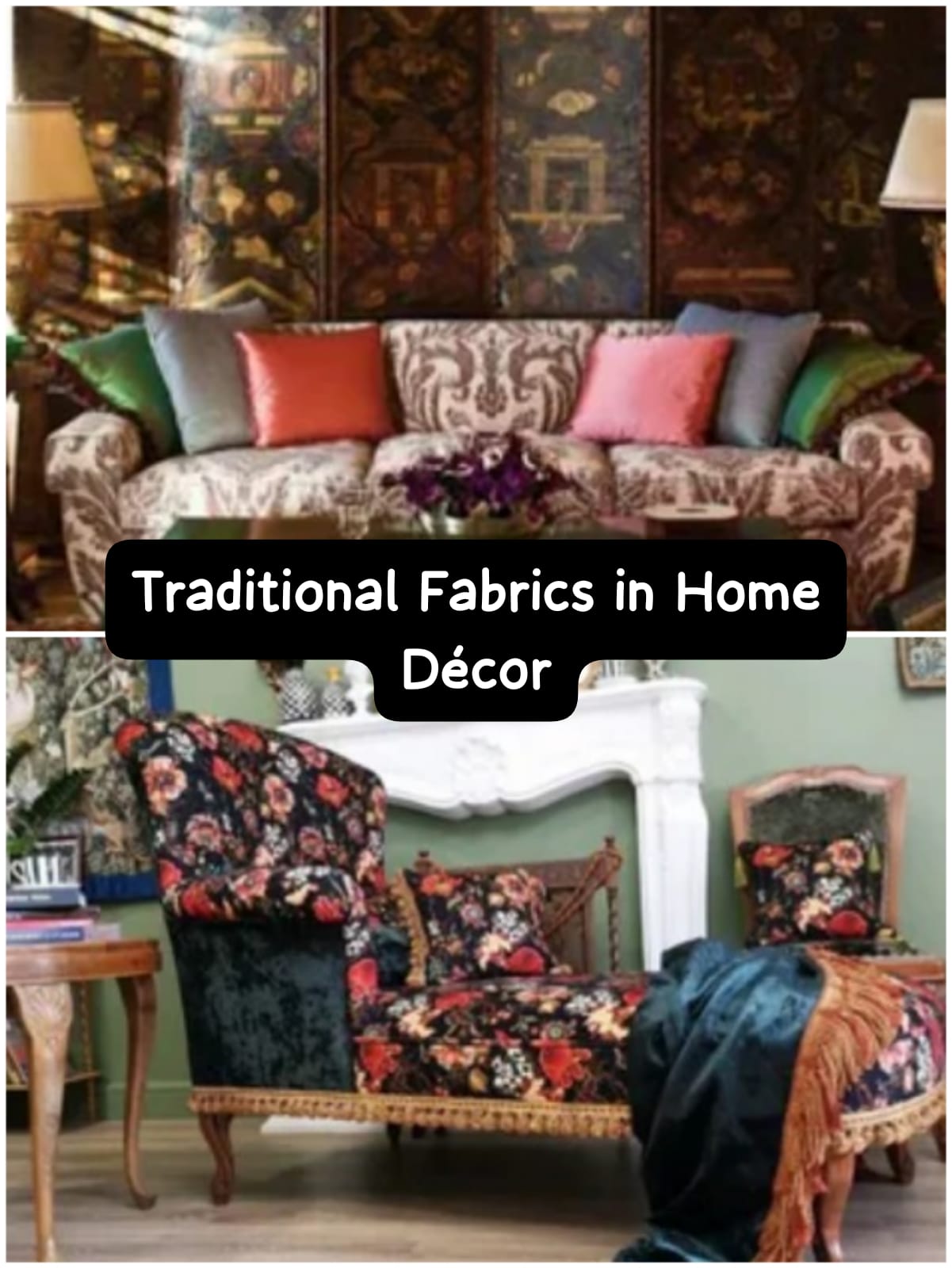
The influence of traditional fabrics is not limited to fashion. In the realm of home décor, these textiles are being used to bring a unique cultural touch to interiors. From Indian block-printed curtains to Moroccan rugs, traditional fabrics are an easy way to infuse a global aesthetic into any space. These fabrics add texture, color, and character to home interiors, creating a more personalized and stylish environment.
The rise of cultural tourism has also played a role in promoting traditional fabrics in home décor. As more people travel, they are exposed to different fabrics and often bring them back to incorporate into their homes. These textiles, which were once seen as niche, are now mainstream, with global furniture and interior design brands offering collections inspired by traditional fabrics from around the world.
6. Challenges and Opportunities for Traditional Fabric Producers
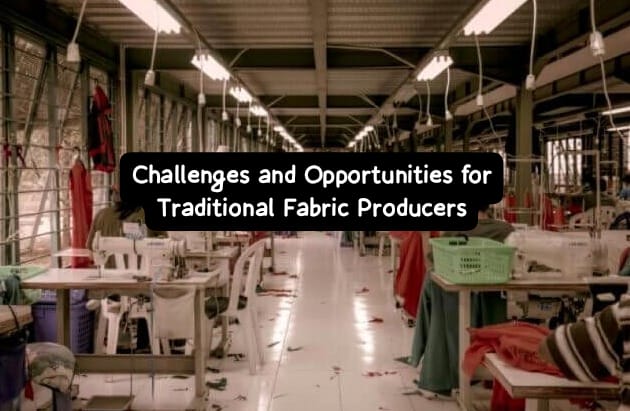
While the global rise of traditional fabrics presents vast opportunities, it also brings challenges for local producers. The demand for these fabrics often outpaces the traditional production methods, which can limit scalability. Additionally, maintaining the authenticity and cultural heritage associated with these fabrics becomes challenging as mass production techniques are used to meet global demand.
To address these challenges, many traditional fabric producers are exploring ways to modernize their processes while preserving the artisanal craftsmanship. Partnerships with global fashion brands and designers are helping to elevate these traditional textiles on the world stage, while simultaneously ensuring fair trade practices that benefit local artisans.
7.The Future of Traditional Fabrics
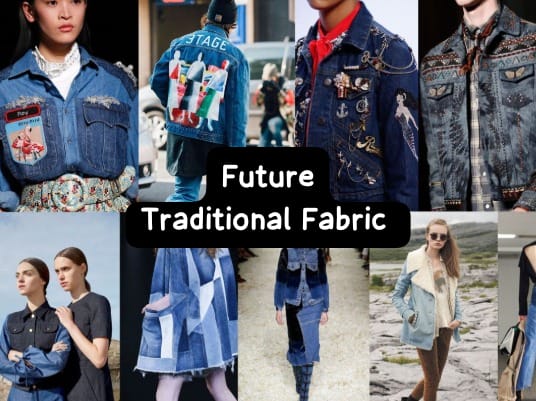
The future of traditional fabrics looks promising, as the growing global interest in sustainability, cultural heritage, and authentic craftsmanship continues to drive demand. These fabrics are no longer seen as relics of the past but are instead regarded as symbols of resilience, artistry, and sustainable design. The fusion of tradition and modernity in both fashion and interior design ensures that these fabrics remain relevant in a globalized world.
Moreover, as technology continues to advance, the potential for traditional fabrics to be further integrated into global markets is vast. From digital fabric printing to eco-friendly dyeing techniques, innovations are making it easier for traditional fabric producers to meet the demands of the modern world without compromising on quality or authenticity.
Conclusion
The global rise of traditional fabrics is a testament to the enduring power of culture, craftsmanship, and sustainability. As these textiles make their way into fashion, home décor, and beyond, they bring with them stories of heritage and artistry. In a world increasingly focused on ethical consumption and cultural exchange, traditional fabrics are poised to continue their global journey, shaping industries and connecting cultures along the way. The growing appreciation for these fabrics underscores the timeless value they hold, reminding us that sometimes, the most enduring trends are those that have stood the test of time.

